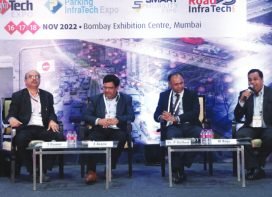There is a definite need for formulating a parking management action plan for cities to address the parking issues. The action plan should coherently deploy the best technical support to make the system work in a smooth, reliable, and efficient manner. With trends changing in mobility like the introduction of shared mobility services, the outlook towards parking should also be robust. The discussion on “Future of Parking’ during the Smart Mobility Conference focused on these and more
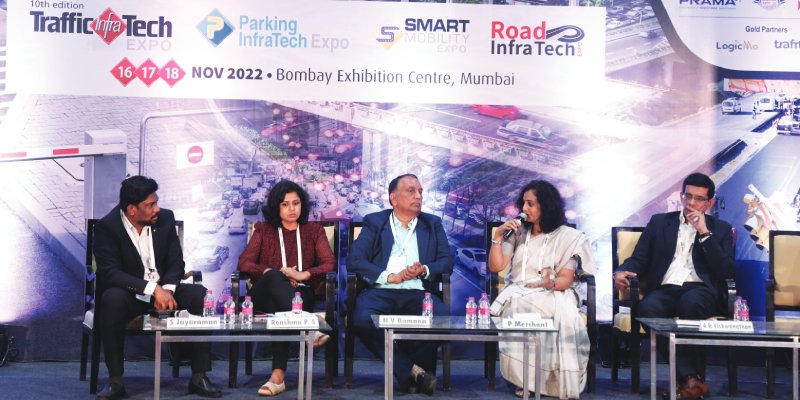
Setting the context of the discussion, Sivasubramaniam Jayaraman – National Lead, ITDP, stated that the reliance on personal vehicles in India has increased from 4.4Cr in 2001 to 26Cr in 2019, these vehicles are not always mobile and need to be parked somewhere. When the National Urban Transportation Policy came into the picture in 2006, the government made an important statement that focused on “How do we see moving people than moving vehicles”, which brought into context the need to bring policy-driven interventions in many cities with a focus on mass transit. Instead of the above approaches, the daily usage of personal vehicles leads to congestion and also the city’s efficiency in terms of productivity drops.

Parking management requires institutional and technological engagement, as well as communication between stakeholder groups.
–Sivasubramaniam
The Bengaluru Government has recently formulated a new parking policy, revealing that the citizens, as per the TomTom Traffic Index, lose 234 hours a year due to rush hour traffic. The policy emphasized on the four major objectives:
- From a chaotic parking policy to an organized parking policy
- From free parking to paid parking
- Government demand parking supply to market-driven parking supply
- Passive Week parking regulation to the active management system
Many cities across the nation have taken inputs from the above policy.
Future of Parking
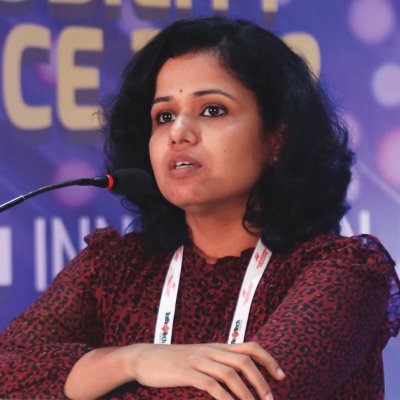
Pricing reforms combined with integrated technology lead to tangible results in parking management.”
–Reashma P S
Reashma PS, Technical Director, VTRAC Worldwide, stressed on how parking reforms can be integrated into the street design and the use of technology to build action plans, not in silos but with the city’s mobility plan. Better mobility, better productivity of the city. She points out how a city with a pedestrian model of streets with an increasing number of vehicles suffocates the traffic, with the example of Church Street in Bangalore where the pedestrian pavements have turned into parking and people in turn walk on roads creating or contributing to congestion in either way.

“Through the proposals by means of parking management plans created, the space can be increased to approximately 1 million from the existing 30,000 units, considering other organizations joining the pool”
–Prachi Merchant
All the panellists were in consensus pointing out that the growing number of vehicles is not proportionate to the available land for parking. Prachi Merchant, Senior Urban Planner, Tata Institute of Social Science made that crystal clear with numbers pertaining to Mumbai. With the need for 4.23 Million parking space, the city is able to provide parking only for 30,000 Equivalent Car Spaces (ECS), the rest congesting the city’s 1915km road. The Mumbai parking authority comprehensively looks into all the aspects of parking. A legal entity to be set up by amending the act of the BrihanMumbai Municipal Corporation, taking into consideration all the functions which come under parking-providing services, regulation, and enforcement. The 2.5 years of extensive planning has resulted in four pilot wards for the ward parking management plan and RFP for IT Vendors to supply mobile-based applications which enable the discovery of parking spaces, booking, and payment. She believes that communicating to the public about regulated parking comes above all.
Mumbai City Parking pool is an innovative initiative to pool in vacant spaces in malls and other such large establishments with the help of information technology. The space provider owns the land and earns by renting out the space, win-win situation to all the parties involved.

The city of Chennai is seeing an exponential increase in the number of private vehicles at the rate of approximately three lakh vehicles per year, post COVID.
–Kapil Kumar C. Saratkar
Special Guest Kapil Kumar C Saratkar, Additional Commissioner of Police (Traffic), Chennai threw light on parking from the viewpoint of a police officer. He highlighted the process of issuing NOC for a new establishment which would invite traffic and would require space for parking for its users. The permission for construction of such a facility is allowed only after studying the traffic capacity of the road based on the Indian Road Congress’ PCU Norms (Passenger Car Units).

The idea to create vertical spaces arose from space constrained harbours, the vertical spaces are user friendly, easy to operate and handle”
–N V Ramana
According to N V Ramana, Director, Marine Car Parx, issue of parking should be collectively solved. Multilevel car parking is a feasible solution to address the growing issue of availability of space. He demonstrated practical solutions to the business houses which are suffering due to a lack of parking spaces for their customers.
Ramana explained, “In multilevel parking, ground surface can be enhanced four to five times easily and pragmatically. The system avoids costly digging or ground excavations like in a high-rise building. The modules can be enhanced and multiplied as per the site profile.”
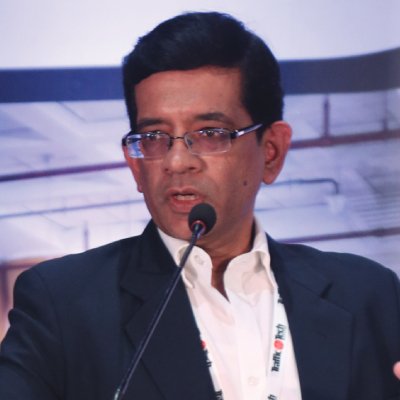
Currently it takes approximately 6-7 minutes to exit a parking facility from a mall or any commercial space. With technologies such as ANPR, Fastag based parking payment and customized RFID tags, the TAT can be lowered to 3-5 secs per vehicle.”
–A R Vishwanath
A R Vishwanath, Chief Operating Officer, Vara Technology, addressed how IT infrastructure complements the multilevel parking system, and enables quicker TAT in accessing and exiting parking solutions. “Today the wait time for a parked vehicle to exit a mall or parking establishment is around seven minutes which can be reduced to as low as five seconds using technologies like Fastag, ANPR or RFID systems. Many technologies today tend to work offline as well as online. In the event of limited or unavailable internet connectivity, the system captures all the necessary information and passes it once internet connectivity is restored. Therefore, property owners, malls, and authorities do not suffer any revenue losses.”
The outlook towards parking should also focus on the inclusion of E-vehicles and make necessary provisions to accommodate them so that non-productive hours of parking can be converted into productive hours of charging.
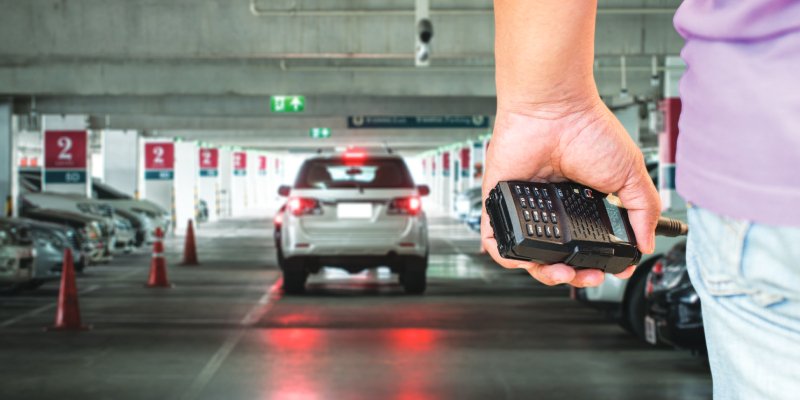
 TrafficInfraTech Magazine Linking People Places & Progress
TrafficInfraTech Magazine Linking People Places & Progress

